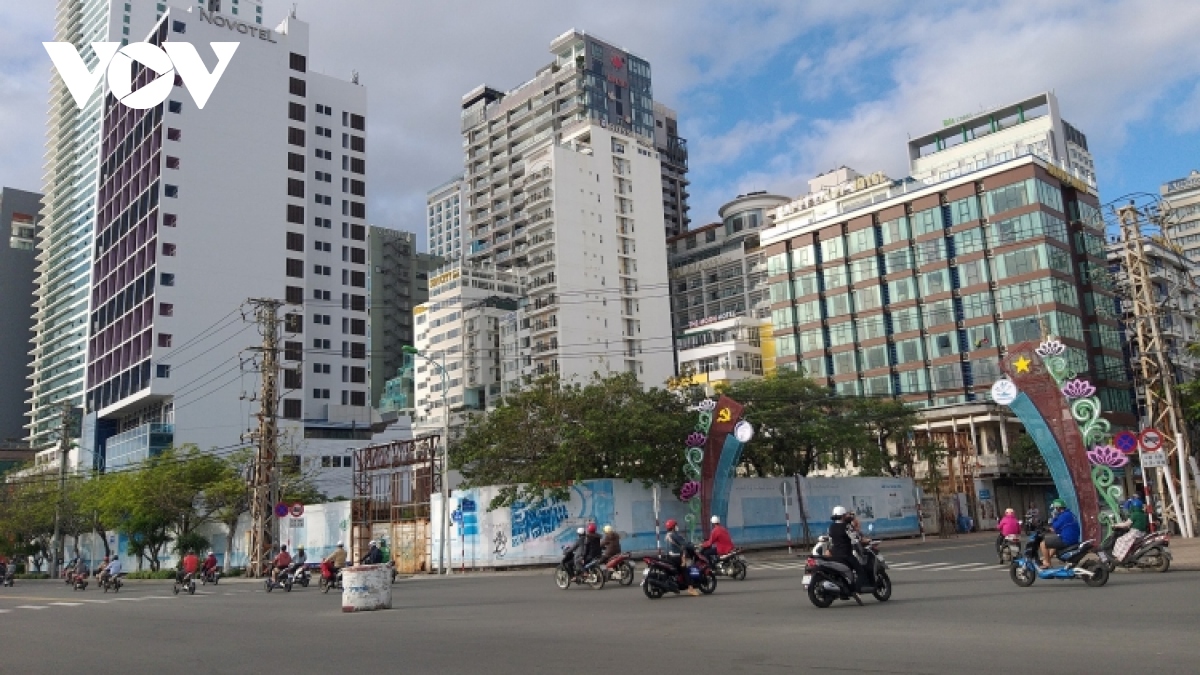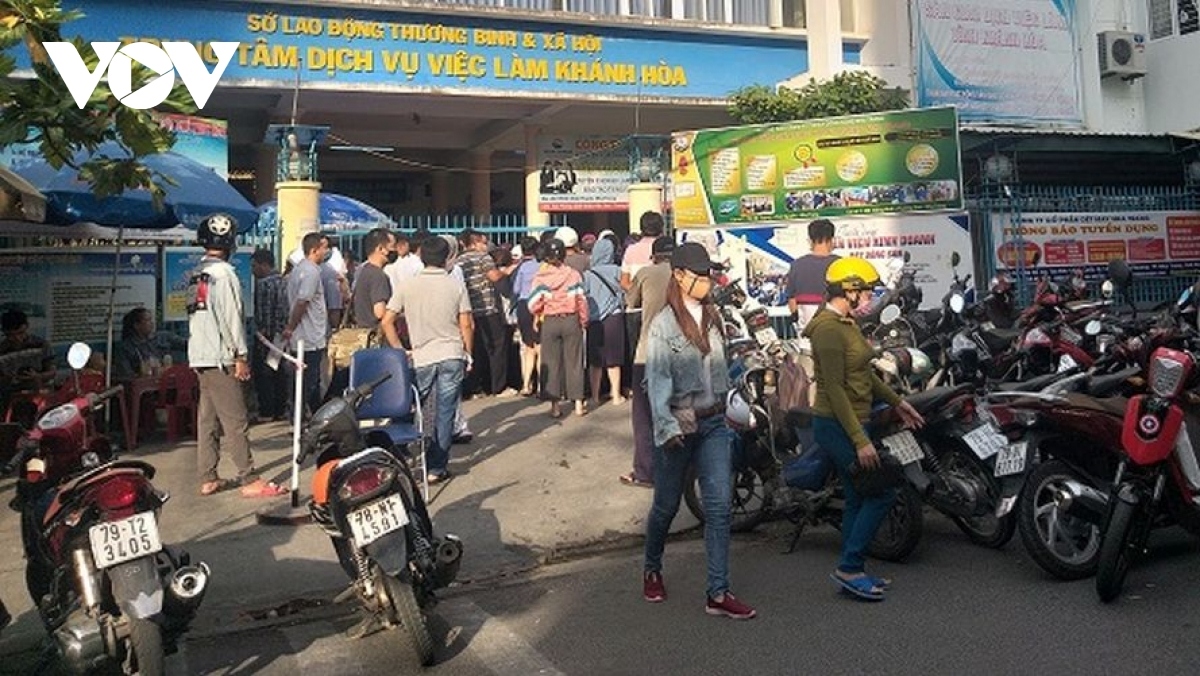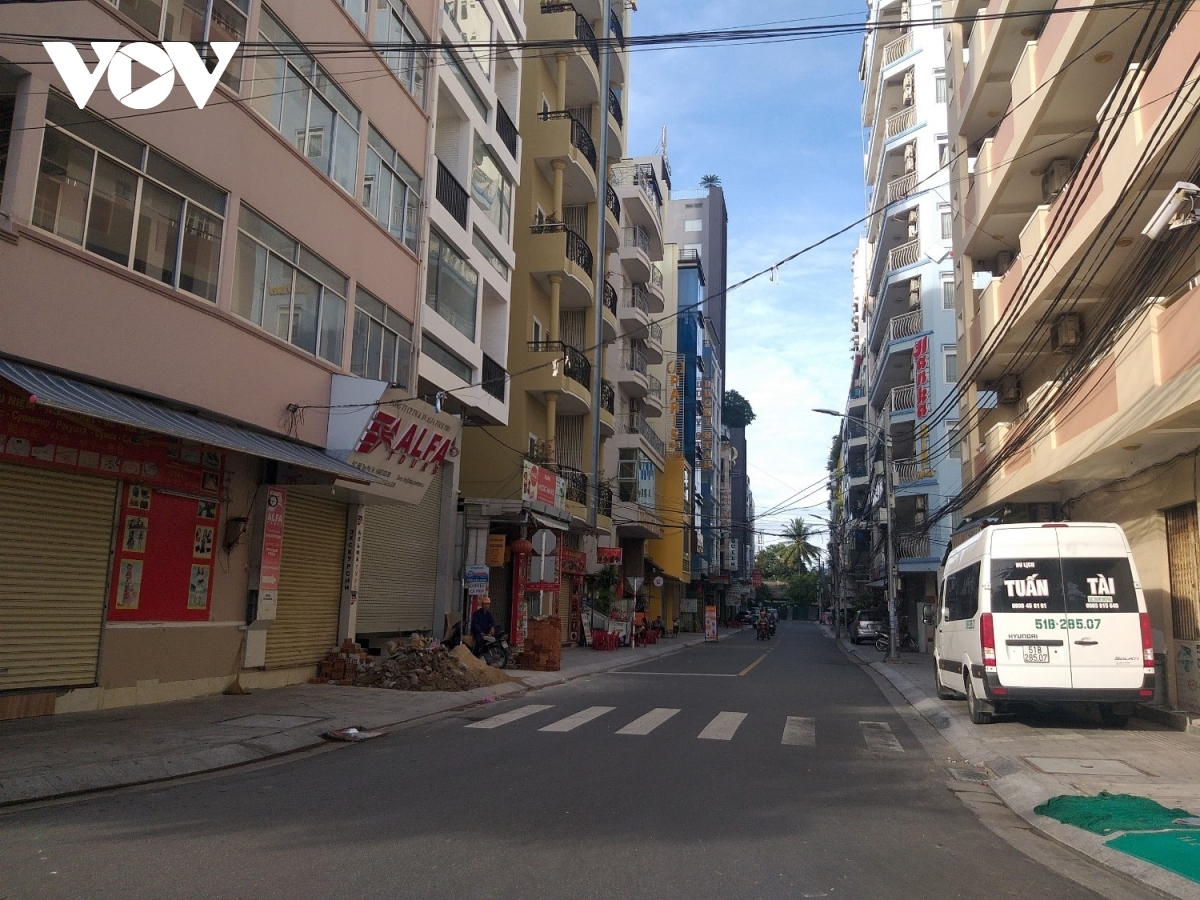Negative tourism growth of central region reveals economic weaknesses amid COVID-19
VOV.VN - Tourism growth in a number of central localities, such as Da Nang city, Khanh Hoa, Quang Nam, and Quang Ngai is enduring a slowdown due to the impact of the novel coronavirus (COVID-19) pandemic, thereby causing lasting damage which will could linger for many years.

By the end of 2020, of the five provinces and cities nationwide recording negative growth, four were in the Central region, including Khanh Hoa with 10.52%, Quang Nam with 9.96%, Da Nang with 9.77%, and Quang Ngai with 1.02%.
For the first time in decades severe challenges have emerged, including the budgets of these localities seeing a drop of tens of thousands of billions of VND, tens of thousands of workers losing their jobs, and people's lives being heavily impacted by natural disasters and the COVID-19 pandemic.
This therefore reveals the limitations and weaknesses of the central region, with changes needed in the future development strategy.
Some local people said that over the past few months they have been forced to quit their jobs due to lack of pay and had to try to find new jobs by themselves, while many older workers find it difficult to apply for a suitable job.
Along with locals, many businesses also complain that the outbreak of the COVID-19 pandemic occurring in February, 2020, has adversely affected the local tourism sector, with the operation of transportation, hotels, restaurants, and catering services being severely disrupted.

Pham Minh Nhut, vice chairman of the Nha Trang Tourism Association and general director of Hon Tam Nha Trang Marine Joint Stock Company, says that previously his firm’s monthly revenue stood at approximately VND50 billion, but the enterprises has now suffered a loss of nearly VND200 billion in a year. Indeed, some 400 out of 600 employees are now out of a job, with the company becoming a "debtor" of social insurance and long-standing product supply partners.
According to a report released by the General Statistics Office (GSO), more than 32 million Vietnamese people aged 15 and over have been affected by the COVID-19 pandemic in 2020, leading to a significant amount of unemployment, layoffs, along with rotational leave, reduced working hours, and an unstable income. In line with this, the service and tourism sector was the most affected industry with more than 70% of unemployed and underemployed workers.
Most notably, the number of businesses which halted operations after getting into debt is on the rise, with more than 3,000 firms temporarily suspending operations in the central city of Da Nang, while more than 1,600 enterprises have suspended operations or dissolved in the south-central province of Khanh Hoa.
Thousands of touring cars have been forced to remain unused and a series of stores based in busy streets have been closed for nearly a year, with no prospects of resuming operations.
Da Nang city, Khanh Hoa, Quang Nam, and Quang Ngai provinces used to represent bright spots for national tourism development and early integration with the international economy. But when tourism activities in these localities was impacted by the enforcement of social distancing measures to combat the pandemic, production, business, and tourism services were also heavily affected, resulting in many social damages.
Upon facing up to the adverse impact caused by the pandemic, the tourist hotspots have shown their shortcomings and weaknesses.
Nguyen Khac Dinh, secretary of Khanh Hoa Provincial Party Committee, states that the dependence on tourism and services has resulted in the local economy suffering negative growth when the pandemic happened.

Questions are now being asked at why Khanh Hoa has the lowest growth rate in the country and what is the cause behind this. One key factor is the economic structure of Khanh Hoa not being balanced, with major priority given to tourism-service development. The outbreak of COVID-19 has therefore had a strong impact on the tourism service sector, while no other industry is able to balance this growth.
According to Dr. Tran Dinh Thien, former director of the Central Institute of Economics and a member of the Economic Advisory Group of the Prime Minister, for a long time, advantages in terms of climate, natural landscapes, and places of interest have served to help central provinces and cities develop local tourism. This saw tourism becoming the spearhead economic sector of these localities, thereby creating a breakthrough for socio-economic development.
However, the COVID-19 pandemic has forced these localities to seek ways of dealing with the limitations and weaknesses of the local economy in order to readjust their development strategies and economic structure, Thien emphasizes.
